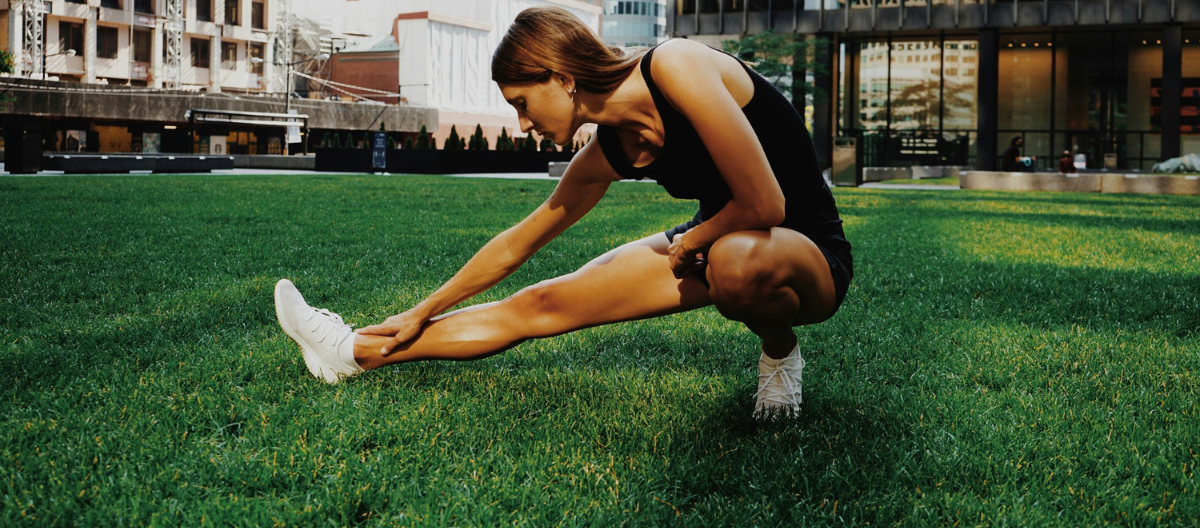Hey Diva dressing fans! When the items we love coincide with brands we work with, Diva dressing will use Paid Links in our articles. If you decide to click on these links and purchase the product, we get a small commission. Our Opinions Are Our Own, but we do add Paid Links as a way to offer these products at no added cost to our readers. Want to know more? Click Here to check out our Terms of Use anytime!
In the realm of fitness, flexibility often takes a backseat to strength training and cardiovascular workouts. However, stretching plays a crucial role in enhancing overall performance, preventing injuries, and improving the quality of movement, especially for women.
Understanding Flexibility
Flexibility is the ability of your joints to move through their full range of motion. It’s influenced by various factors, including genetics, age, and physical activity levels. For women, flexibility can fluctuate throughout the menstrual cycle due to hormonal changes, impacting muscle elasticity and overall performance.
Benefits of Stretching
Improved Range of Motion: Regular stretching increases the length of muscles and tendons, allowing for a greater range of motion in joints. This can enhance performance in activities like yoga, dance, and various sports.
Injury Prevention: Stretching helps prepare muscles for the stresses of physical activity. By improving flexibility, it reduces the risk of strains and sprains.
Muscle Recovery: Stretching post-exercise promotes blood circulation, which aids in the removal of lactic acid and other toxins, accelerating recovery time.
Enhanced Performance: Flexible muscles can generate force more efficiently. Stretching can lead to improved athletic performance, particularly in activities requiring agility and speed.
Stress Relief: Stretching promotes relaxation by reducing muscle tension and improving blood flow. This is especially beneficial for women, who often juggle multiple responsibilities and may experience heightened stress levels.
Types of Stretching
Static Stretching: Involves holding a stretch for 15-60 seconds. This is most effective post-workout when muscles are warm.
Dynamic Stretching: Involves moving parts of your body through a full range of motion. It’s ideal for warm-ups and preparing muscles for physical activity.
Proprioceptive Neuromuscular Facilitation (PNF): This advanced technique combines stretching and contracting muscles. It can significantly improve flexibility and is often performed with a partner.
Best Practices for Stretching
- Warm Up First: Always perform a light warm-up (like jogging or brisk walking) before stretching to prevent injury.
- Breathe: Incorporate deep breathing during stretches to enhance relaxation and effectiveness.
- Listen to Your Body: Stretch to the point of mild discomfort, not pain. Consistency is key, so gradual improvement is more important than pushing too hard.
- Target Major Muscle Groups: Focus on areas that are commonly tight, such as the hamstrings, quadriceps, hips, and shoulders.
- Stay Hydrated: Proper hydration supports muscle elasticity, so drink plenty of water before and after stretching.
Soozier 44lbs Two-In-One Dumbbell & Barbell Adjustable Set Strength Muscle Exercise $67.98
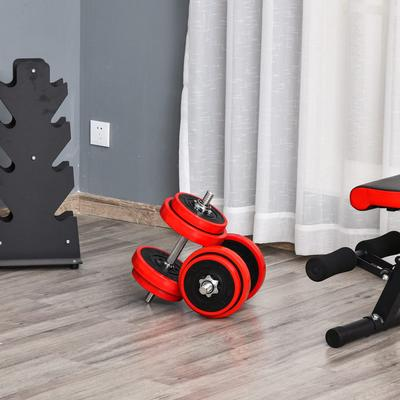
Goplus Ab Fitness Crunch Abdominal Exercise Workout Machine for Glider $72.19
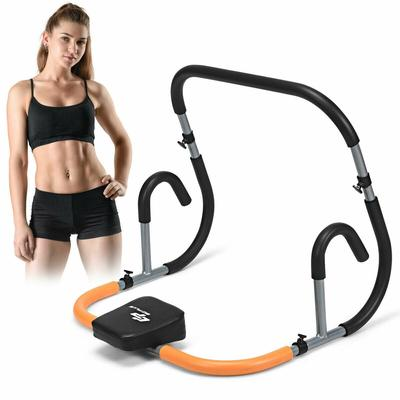
Adjustable Squat Rack, Multi-Function Home Gym Fitness Barbell Stand $85.49
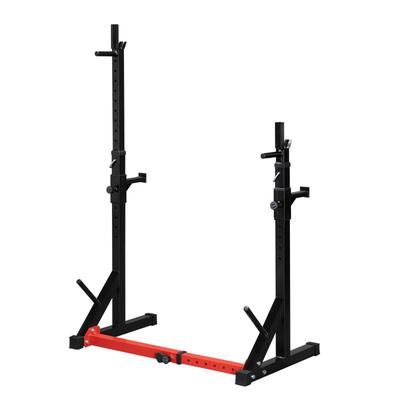
Core Fitness Abdominal Trainer Crunch Exercise Bench Machine $88.34
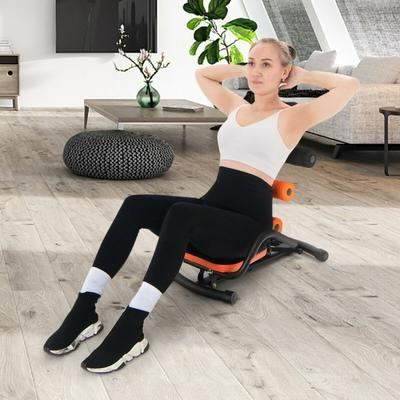
Sunny Health & Fitness Olympic Barbell Hex Bar $98.99


